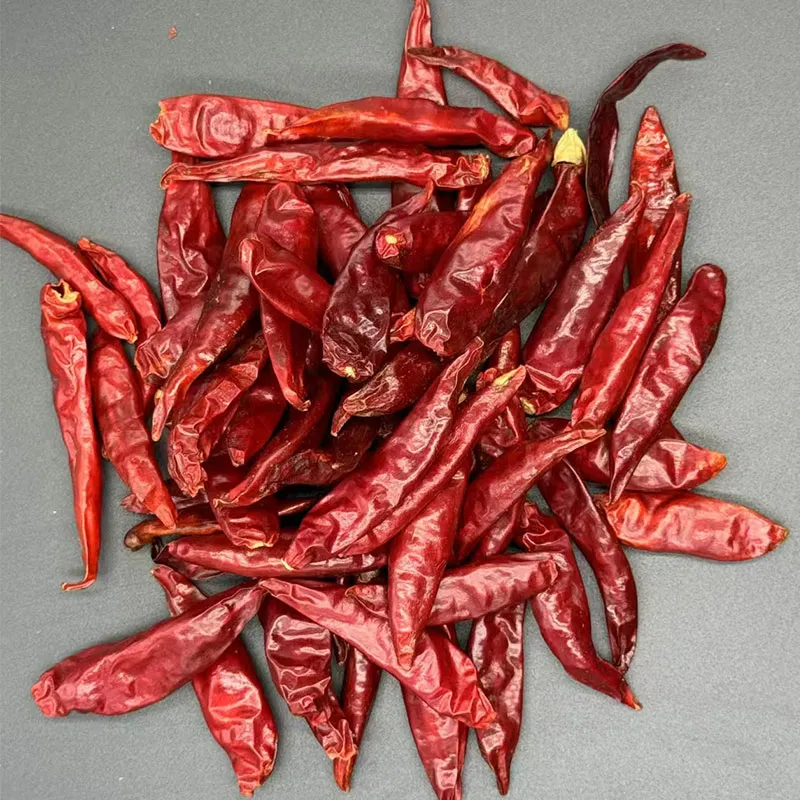- No. 268 Xianghe Street, Economic Development Zone of Xingtai city, Hebei 054001 China
- Byron@hbhongri.cn
Paprika Oleoresin E160c Enhances Color and Flavor in Food Products
Paprika Oleoresin (E160c) A Natural Colorant and Flavoring Agent
Paprika oleoresin, also known by its food additive code E160c, is derived from the vibrant red fruit of the Capsicum annuum plant, commonly known as bell pepper or sweet pepper. This natural extract has gained significant recognition in the food industry due to its dual role as both a colorant and a flavoring agent. Its unique properties not only enhance the aesthetic appeal of food products but also contribute to their overall taste profile, making it a versatile ingredient in various culinary applications.
Extraction Process
The process of obtaining paprika oleoresin involves the careful extraction of carotenoid pigments and essential oils from dried paprika pods. The initial step includes drying the pods, followed by grinding them into a fine powder. The powdered paprika is then subjected to a solvent extraction process, often using food-grade solvents such as hexane or ethanol. Through this method, the oleoresin is separated, capturing the rich color and flavors inherent in the paprika. The resulting oleoresin can range from a deep crimson to a lighter reddish hue, depending on the specific paprika variety used.
Nutritional Benefits
Beyond its visual and gustatory contributions, paprika oleoresin is rich in carotenoids, particularly capsanthin, which is responsible for its vibrant red color. Carotenoids possess antioxidant properties, which can help combat oxidative stress in the body. Incorporating foods colored with paprika oleoresin into one’s diet may offer health benefits, including supporting eye health and boosting the immune system. Additionally, this natural extract provides a source of vitamins A and C, further enhancing its nutritional profile.
Applications in the Food Industry
paprika oleoresin e160c

Paprika oleoresin is extensively used in the food industry, particularly in the formulation of processed foods, sauces, marinades, and snack products. Its natural origin appeals to consumers seeking clean label products free from synthetic additives. Moreover, paprika oleoresin not only imparts a rich color but also enriches flavors, making it ideal for products such as sausages, soups, and salad dressings.
One of the notable advantages of using paprika oleoresin over synthetic colorants is its stability during processing. It can withstand the heat and acidity commonly encountered in food production, ensuring consistent color and flavor retention throughout the product's shelf life.
Regulatory Status
As a food additive, E160c is recognized as safe for consumption by food safety authorities, including the European Food Safety Authority (EFSA) and the U.S. Food and Drug Administration (FDA). Its use in food products is regulated, ensuring that it meets safety standards and labeling requirements. This regulatory approval bolsters consumer confidence in the use of paprika oleoresin as a safe and natural alternative to artificial colorants.
Conclusion
Paprika oleoresin (E160c) exemplifies the trend toward natural ingredients in food production. Its vibrant color, rich flavor, and nutritional benefits make it a valuable addition to various food products. As consumers increasingly prioritize health and wellness, ingredients like paprika oleoresin continue to play a crucial role in meeting these demands. Its ability to enhance both the visual and sensory experience of food underscores the importance of natural alternatives in today’s culinary landscape.
-
Turmeric Rhizome Powder: A Golden Treasure from Roots to TableNewsJul.28,2025
-
The Versatile Application Of Crushed Red Hot Peppers: Lighting Up The Red Flames On The Dining TableNewsJul.28,2025
-
The Paprika: A Touch Of Vibrant Red In Color, Flavor, And CultureNewsJul.28,2025
-
Ground Turmeric: A Modern Examination of an Ancient SpiceNewsJul.28,2025
-
Capsicum Liquid Extract: Features, Applications, and ChallengesNewsJul.28,2025
-
Application of Capsicum Liquid Extract in FoodNewsJul.28,2025







